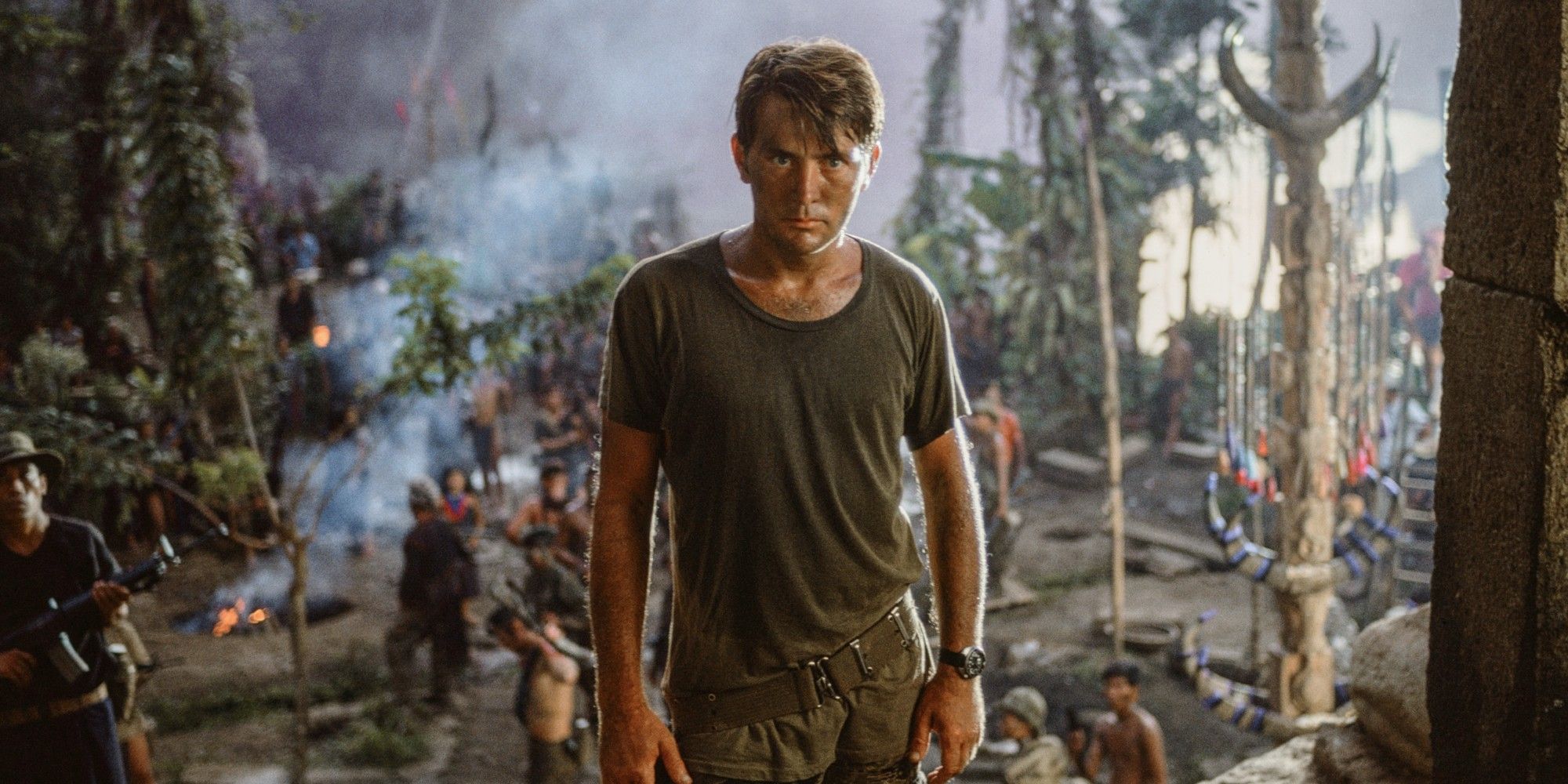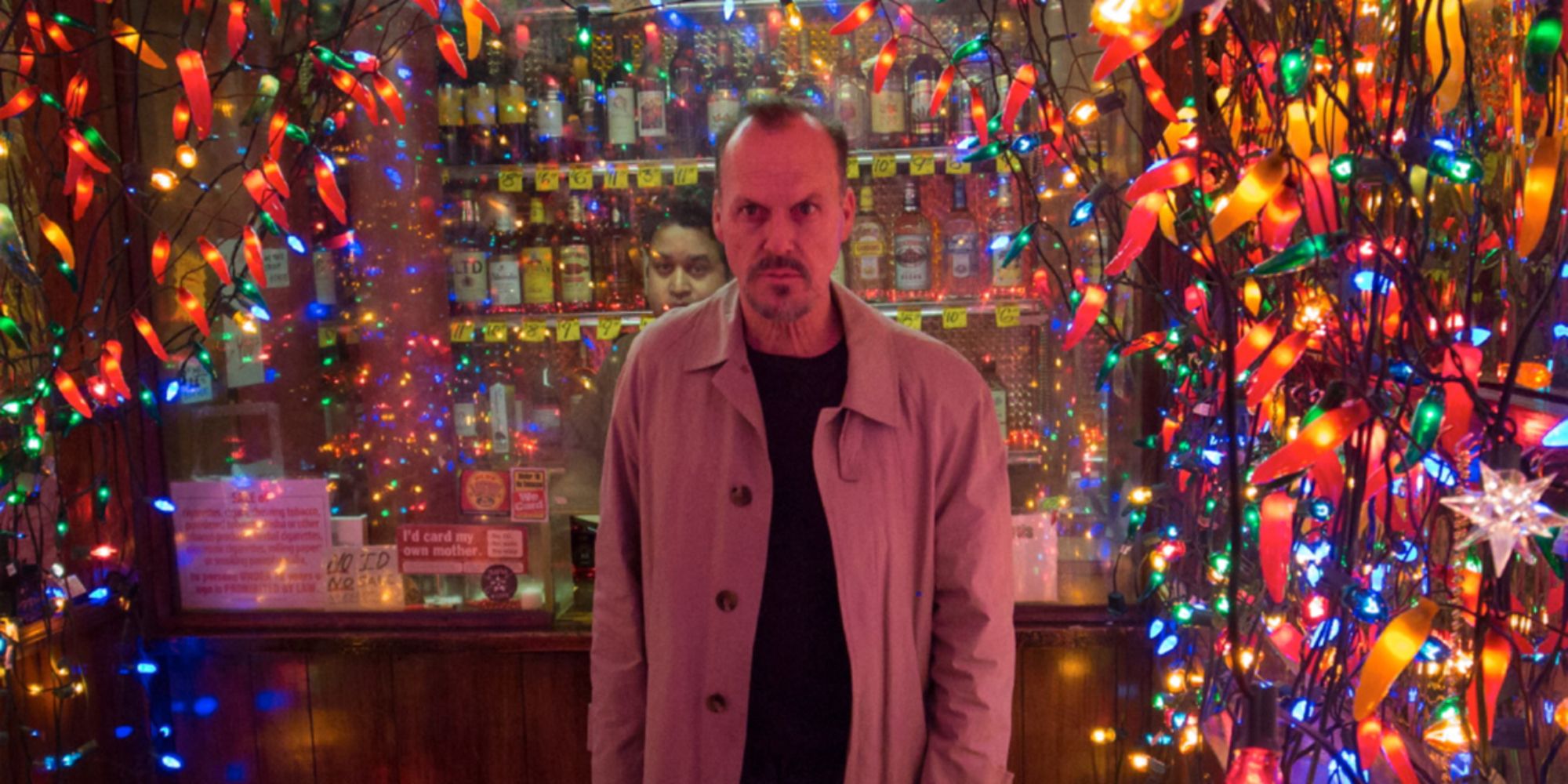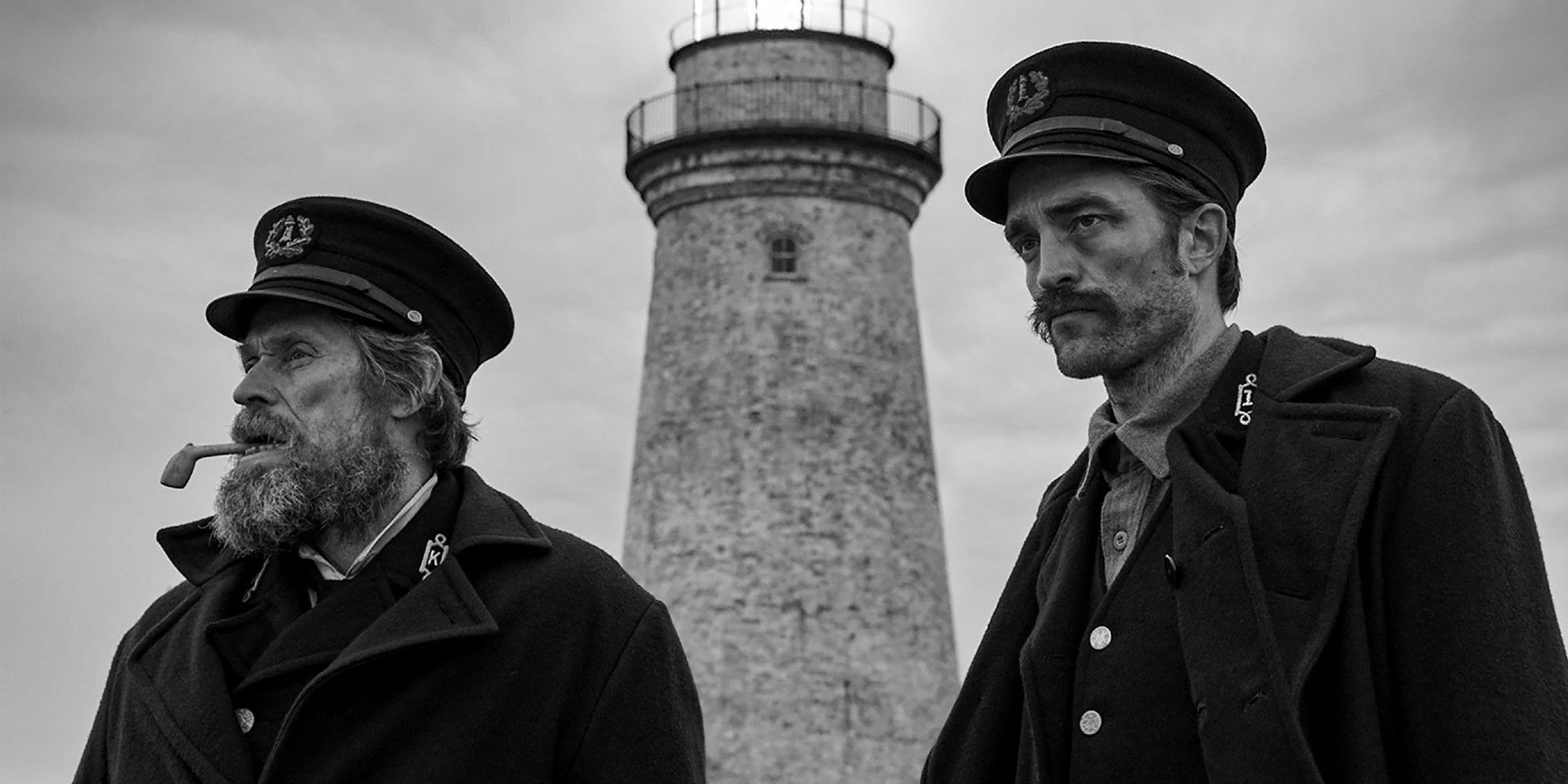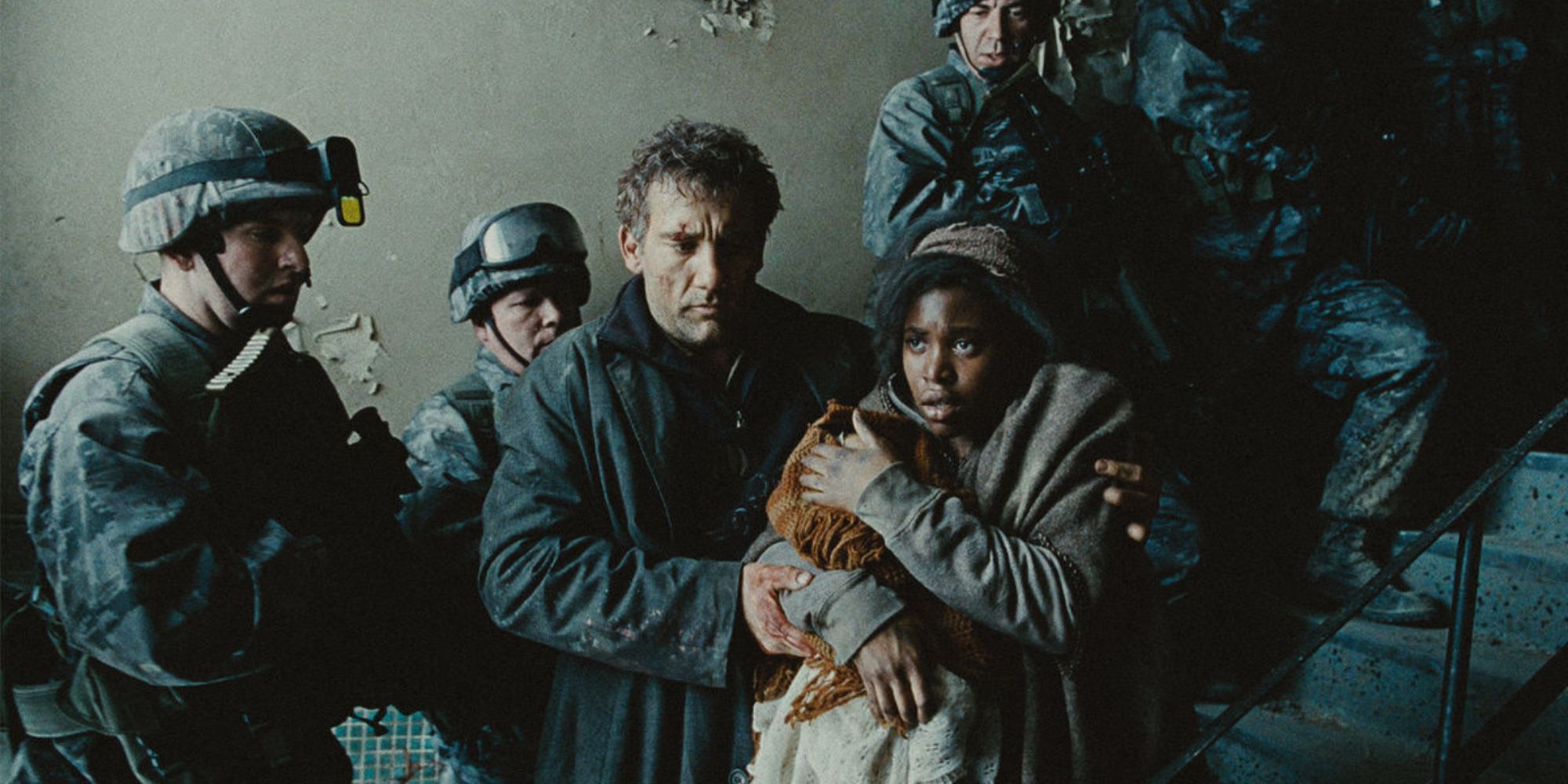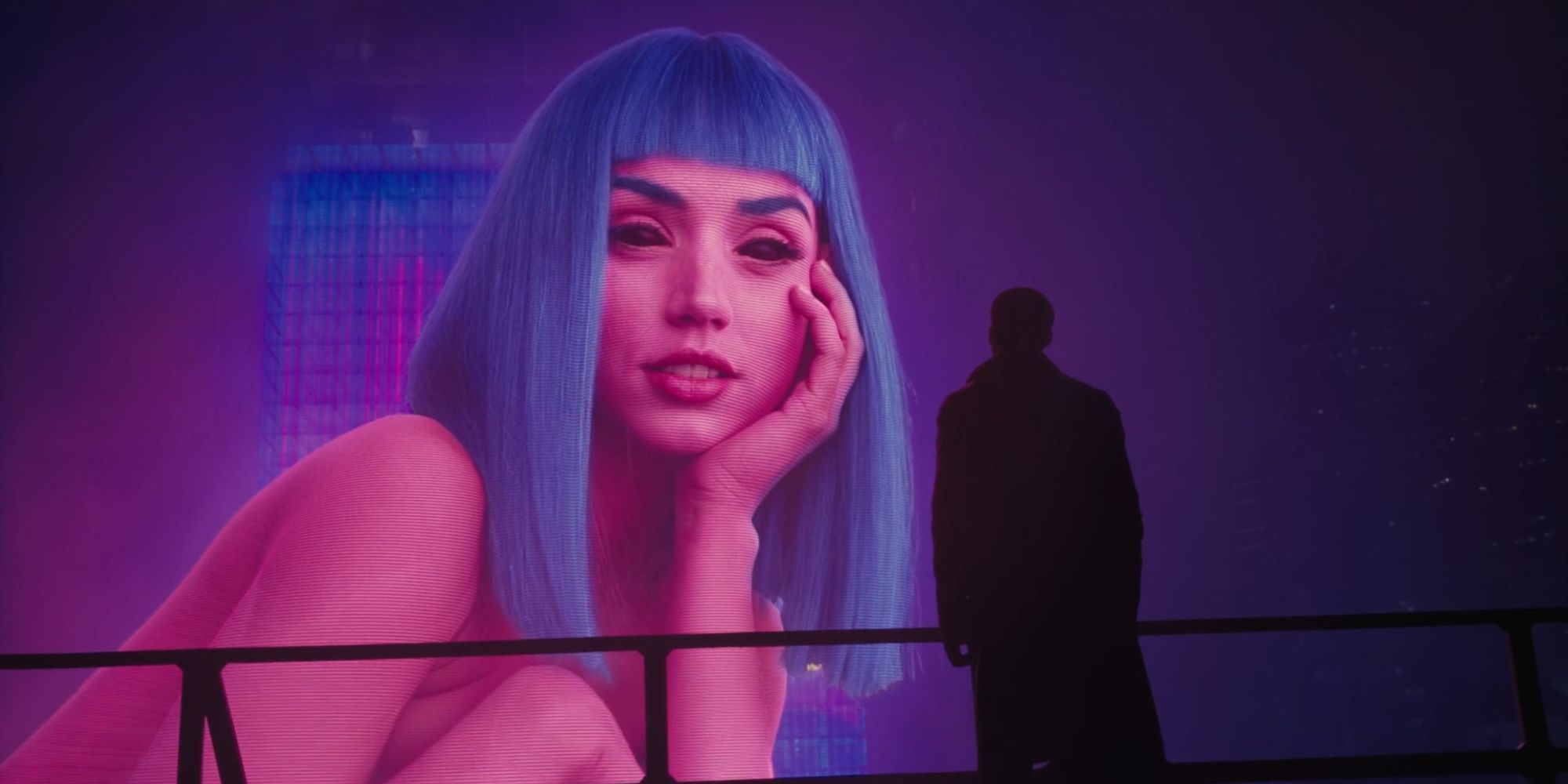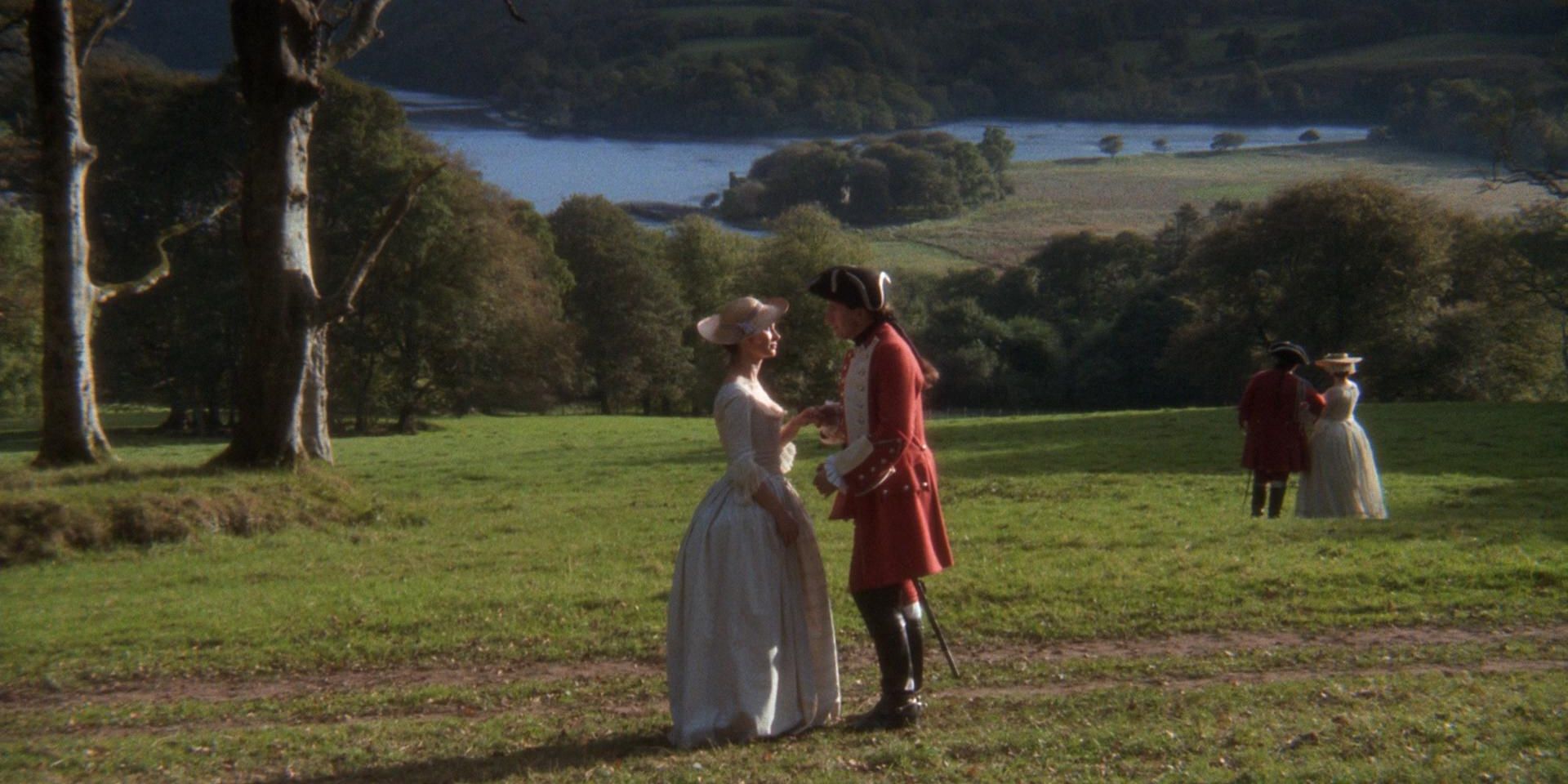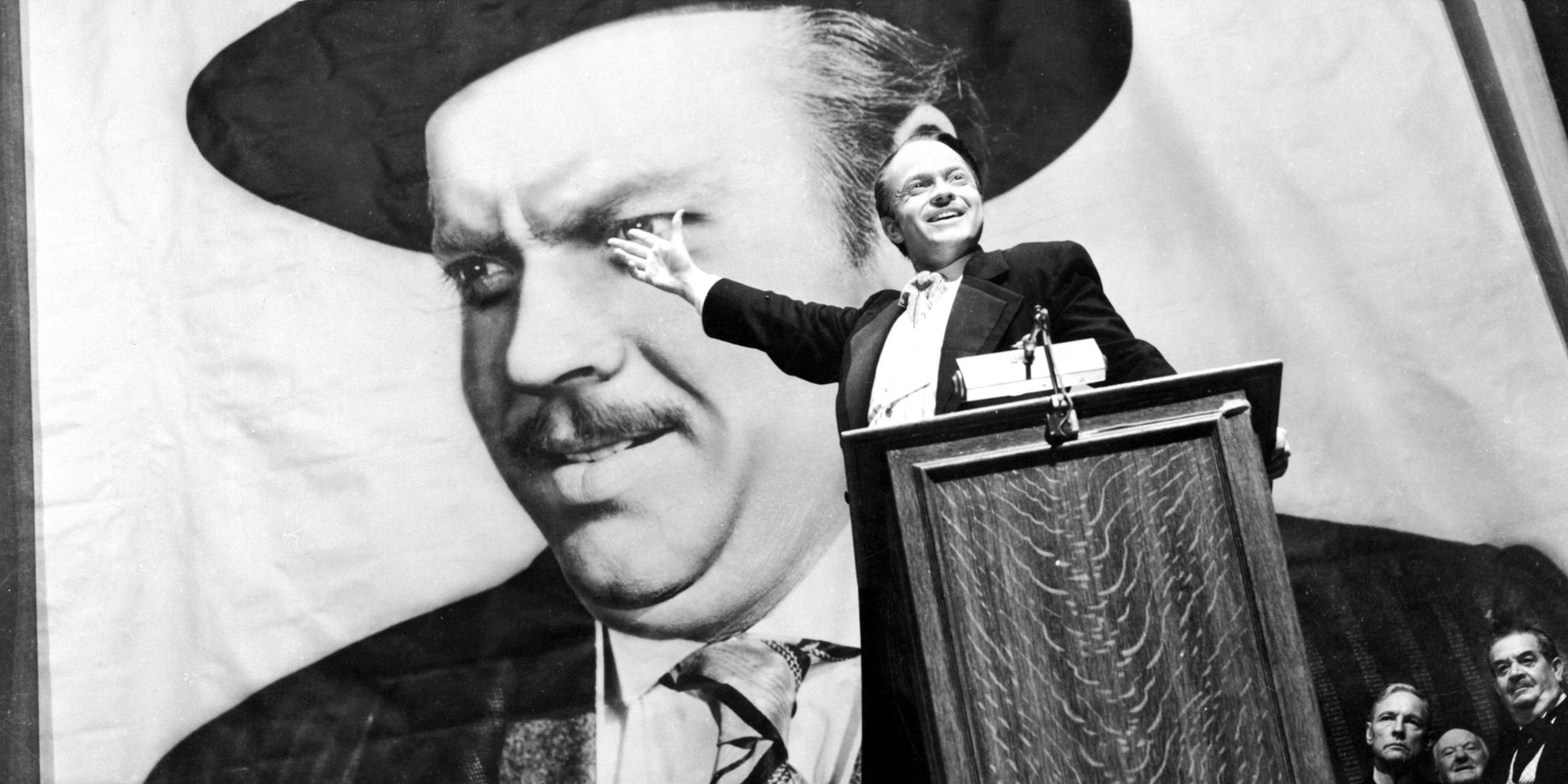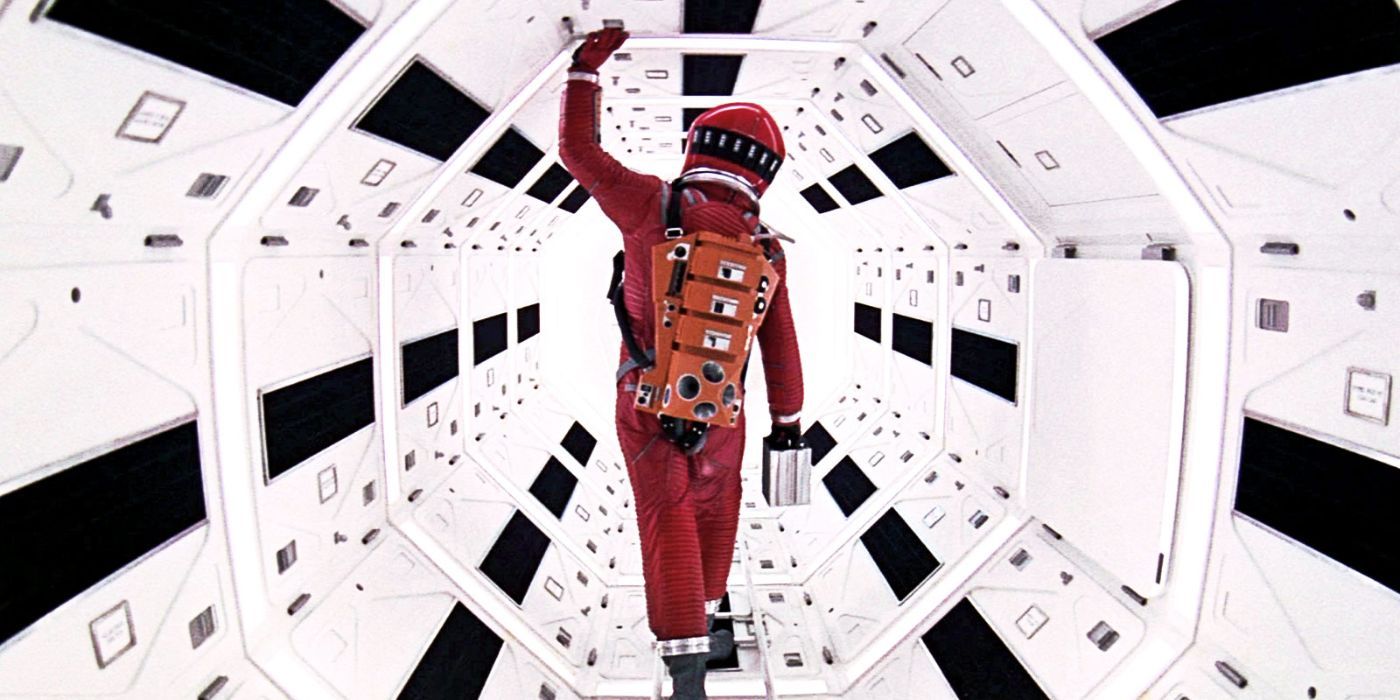[ad_1]
Movies are a visual medium. They convey stories and characters that have the power to transport viewers to different worlds and portray events that have never occurred. As a primarily visual art form, it is important that filmmakers (especially aspiring ones) understand how to make movies that are both visually engaging and inspired.
Cinematography is one of the fundamental pillars of filmmaking. Good cinematography helps establish iconography — visual images that imprint on viewers’ minds and leave a lasting impression. Movies are simply more enjoyable when they are effectively presented and visually appealing. However, as a more technical-oriented aspect of the filmmaking process, cinematography can be hard to understand, let alone appreciate. This list is a selection of essential movies to understand the importance and impact that great cinematography can have.
10 ‘Apocalypse Now’ (1979)
Cinematography by Vittorio Storaro
During the height of the Vietnam War, U.S. Army Captain Willard (Martin Sheen) is given top-secret orders: locate and eliminate a Green Beret, Colonel Kurtz (Marlon Brando), who has gone AWOL deep in the Cambodian jungle. Willard embarks on a mission deep into the heart of darkness, witnessing firsthand the atrocities of warfare.
Apocalypse Now is one of the most notoriously troubled movie productions in film history, but the results speak for themselves; it’s an absolute masterpiece that stands out as arguably the greatest war movie ever made. Every frame tells a story, and the setpieces are jaw-dropping. No war movie in history is packed with as much visual brilliance and striking iconography. Apocalypse Now is a staggering accomplishment that captures war unlike any other movie made since.
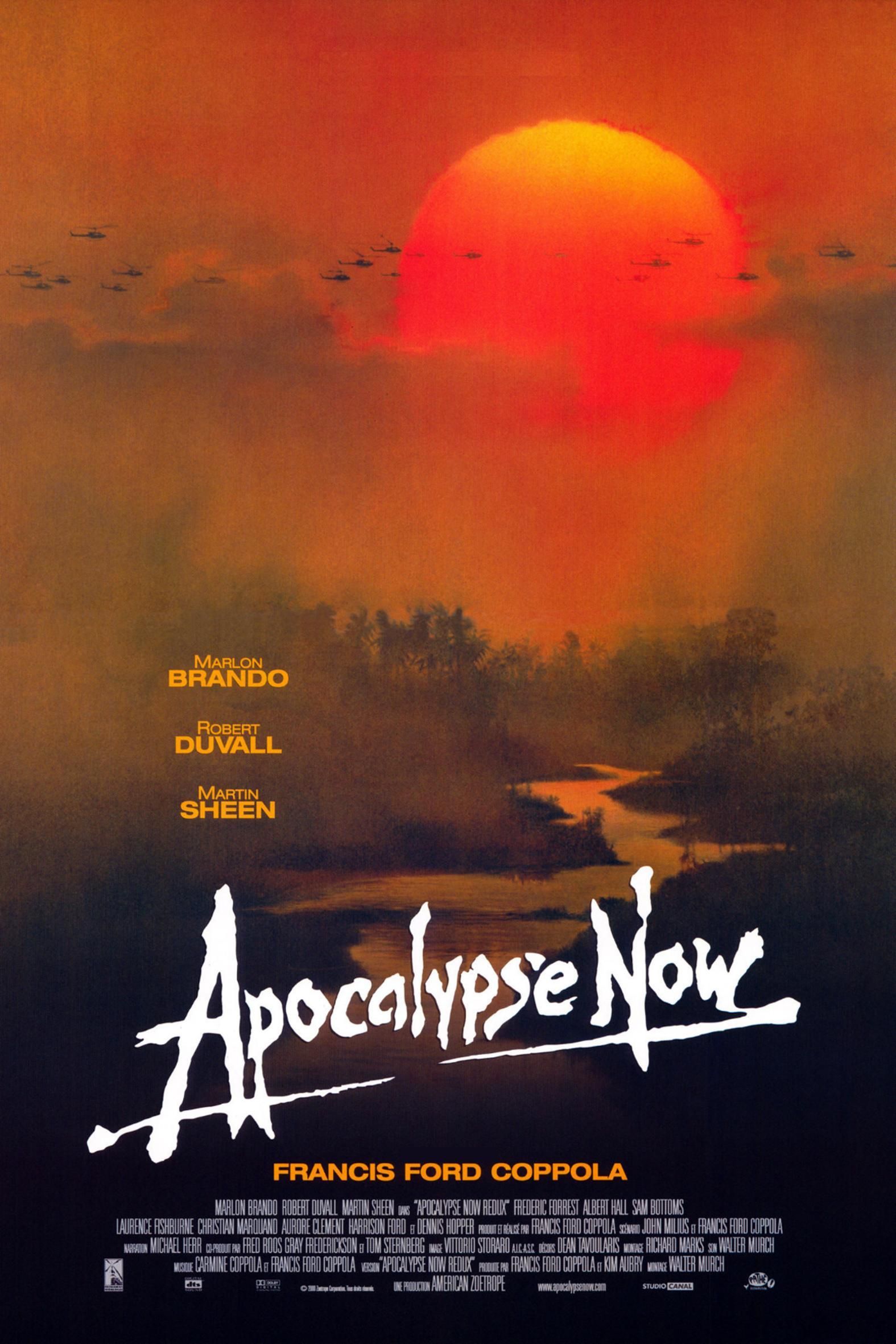
- Release Date
- August 15, 1979
- Director
- Francis Ford Coppola
- Runtime
- 147 minutes
- Writers
- Joseph Conrad , John Milius , Francis Ford Coppola , Michael Herr
9 ‘Birdman or (The Unexpected Virtue of Ignorance)’ (2014)
Cinematography by Emmanuel Lubezki
Hollywood actor Riggan Thomson’s (Michael Keaton) claim to fame was his role in a series of superhero movies nearly two decades prior. Today, Riggan’s acting career has all but stagnated. Looking to make his mark, Riggan seeks to write, produce and perform a production for Broadway. Technical complications, familial tensions, uncooperative cast members, and crippling insecurities are just some of the things holding Riggan back from his destiny.
A fiery and inventive character study that feels truly ahead of its time, Birdman or (The Unexpected Virtue of Ignorance) is stirring entertainment bolstered by a distinct visual execution. Captured and edited to give the appearance of a single uninterrupted sequence, the visual flair and technological wizardry on display are undeniably impressive. Not only is it a compelling technique, but it elegantly compliments the frenetic energy of the screenplay, dispelling any notions that paint the cinematography as a mere gimmick.
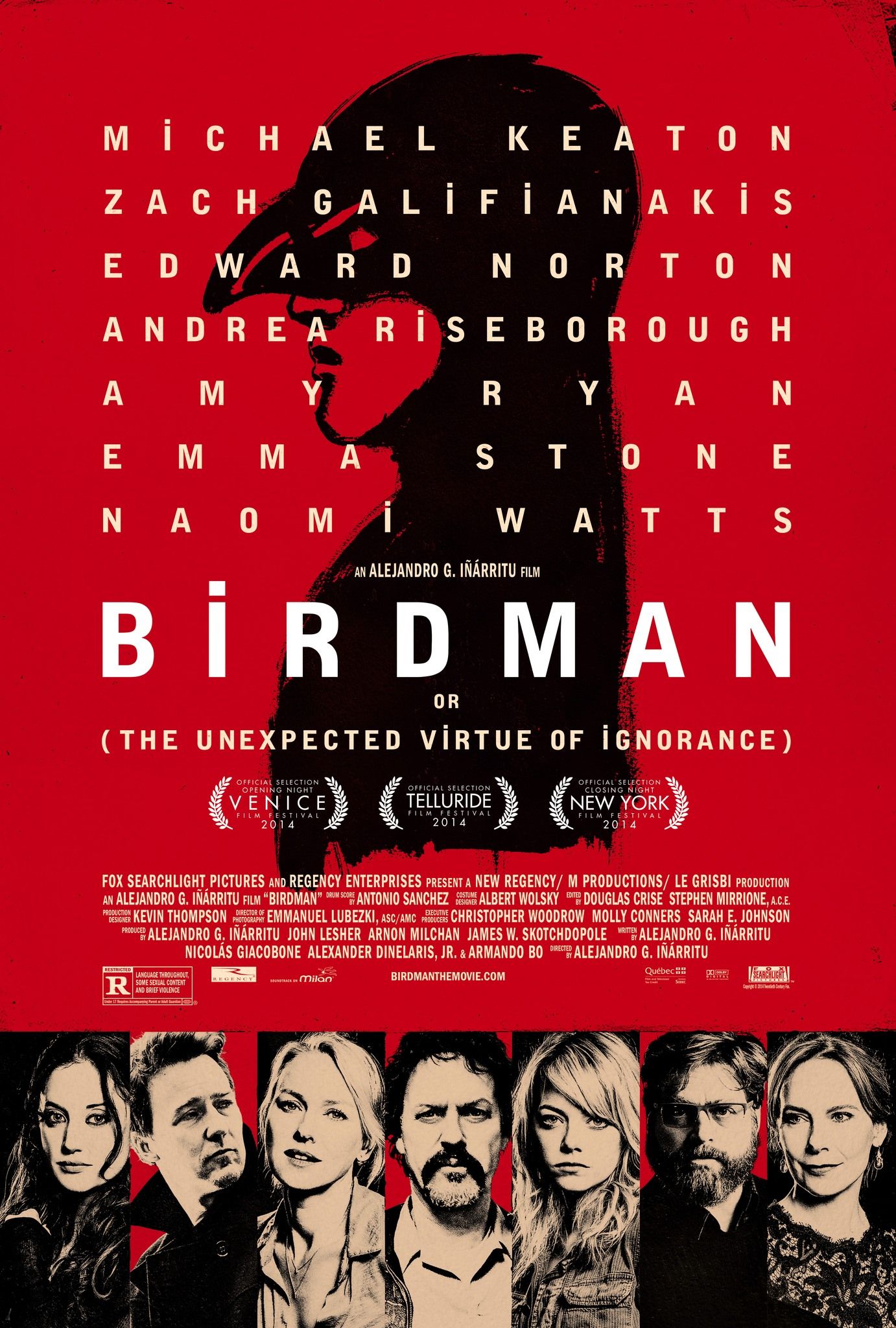
Birdman or (The Unexpected Virtue of Ignorance)
- Release Date
- November 14, 2014
- Director
- Alejandro González Iñárritu
- Runtime
- 119 minutes
- Writers
- Alejandro González Iñárritu , Nicolás Giacobone , Alexander Dinelaris , Armando Bo
8 ‘The Lighthouse’ (2019)
Cinematography by Jarin Blaschke
Set in 19th century New England, Ephraim Winslow (Robert Pattinson) and Thomas Wake (Willem Dafoe) live on a remote isle, tasked with maintaining a lighthouse and its grounds. It isn’t long before the excruciating labor, extreme isolation, and the beckoning of siren calls at night begin testing the limits of the two men’s sanity.
Gothic folktale horror has essentially become synonymous with director Robert Eggers, and The Lighthouse stands as his strongest and most visually stunning effort yet. Black and white has never suited a movie so well, complimenting the ominous atmosphere and moody setting. The naturalistic lighting creates harsh shadows reflective of the main characters’ deteriorating mental states. Every aspect of The Lighthouse‘s cinematograph is congruent with one another, making for an effective and memorable feast for the eyes.
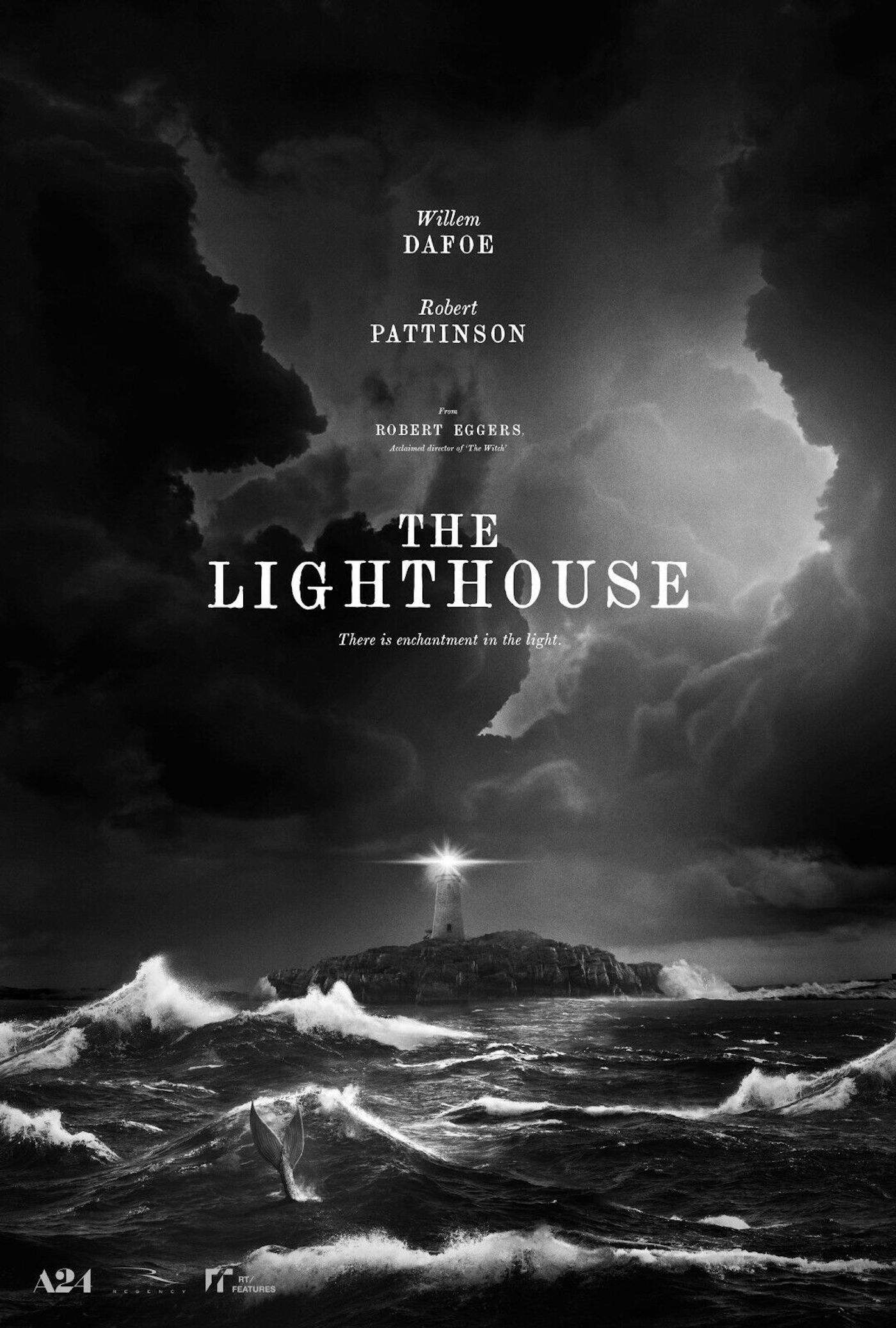
- Release Date
- October 18, 2019
- Runtime
- 110 minutes
7 ‘Children of Men’
Cinematography by Emmanuel Lubezki
In a dystopian version of 2027, humans have been rendered incapable of reproduction. With the extinction of the human race all but inevitable, the world has fallen into anarchy and chaos. Ex-activist Theo (Clive Owen) receives a task that could spell hope for the future of humankind: escorting a mysteriously pregnant woman to a sanctuary located on the coast.
Children of Men is gritty, dystopian sci-fi at its finest. With master filmmaker Alfonso Cuarón at the helm, Children of Men is impeccably directed and distinctly realized. Perhaps the movie’s strongest element is its cinematography, courtesy of the Mexican master Emmanuel Lubezki. The long takes add so much to the already thrilling action sequences; the now-iconic getaway scene in which the group is ambushed in a forest is especially impressive. It all reflects a tactile approach to capturing the chaos that the movie’s world has descended into, and the Academy Award nomination Lubezki received was wholly deserving.
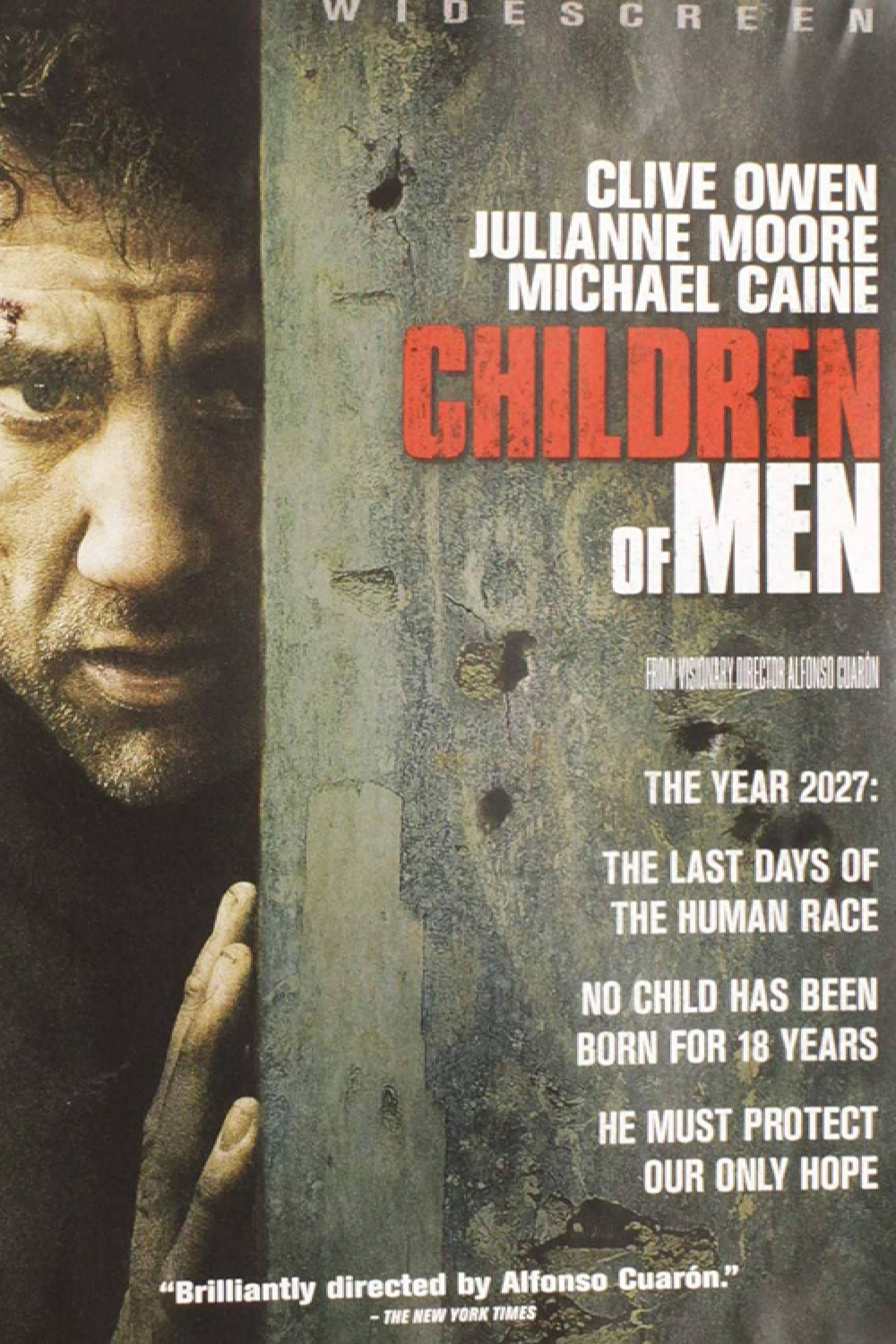
- Release Date
- January 5, 2007
- Director
- Alfonso Cuarón
- Runtime
- 109 minutes
- Writers
- David Arata , Hawk Ostby , Timothy J. Sexton , Alfonso Cuarón , Mark Fergus
6 ‘The Lord of the Rings: The Return of the King’ (2003)
Cinematography by Andrew Lesnie
The epic conclusion to Peter Jackson’s trilogy, The Lord of the Rings: Return of the King, continues the journey of Frodo Baggins (Elijah Wood) on his quest to destroy the endlessly powerful but dangerous One Ring. Allies from far and wide aid Frodo in his journey and prepare for one final battle against forces that wish to wield the power of the ring in the name of evil.
The Lord of the Rings: The Return of the King is an example of filmmaking at its most monumental. It is the result of countless dedicated hands working tirelessly to craft a fitting end to a massive story. When it comes to cinematography, this third entry to the trilogy stands as the most impressive. The massive battle sequences are captured with a gusto all too uncommon in movies these days. The movie’s quieter moments are just as effectively shot—as colorful, vibrant and rich as one could want from an immersive fantasy experience. The Lord of the Rings: The Return of the King is a technical marvel in every sense.
5 ‘The Grand Budapest Hotel’ (2014)
Cinematography by Robert Yeoman
Located in the mountains of Eastern Europe stands the Grand Budapest Hotel. While undeniably luxurious and beautiful, the once-popular lodge has since passed its heyday. Past lobby boy (now the hotel’s elderly owner) Zero Moustafa (Tony Revolori) reflects upon his early days of working at the Grand Budapest and his close relationship with legendary concierge M. Gustave (Ralph Fiennes).
Director Wes Anderson has carved his name into movie history by honing and mastering a visual style that is unequivocally his own. The word that best describes the cinematic styling of The Grand Budapest Hotel is delectable. The colors pop, the camera moves in consistently interesting ways, and there is satisfying symmetry in every frame. Really, any of Anderson’s films could serve as a lesson in how to incorporate effective cinematography in a movie, but The Grand Budapest Hotel is an especially well-realized effort.
4 ‘Blade Runner 2049’ (2017)
Cinematography by Roger Deakins
Blade Runner 2049 follows Blade Runner K (Ryan Gosling), the latest model in a line of bioengineered replicants, who tracks down and eliminates rogue replicants deemed outdated. K’s service to the law leads him to the discovery of a long-kept secret that threatens the already fragile boundary between humans and replicants.
The original Blade Runner was a groundbreaking technical achievement, and Blade Runner 2049 respects that legacy by providing one of the most visually stimulating movies of the 21st century. Blade Runner 2049 is gorgeous in every sense of the word; from the flashy punches of neon lighting to the use of wide-angle framing as a means to capture expansive horizons, every frame of this sci-fi epic is sure to wow any viewer. Most satisfying, however, was this movie’s role in securing legendary cinematographer Roger Deakins‘ first Oscar win (following a plethora of nominations leading up to it).
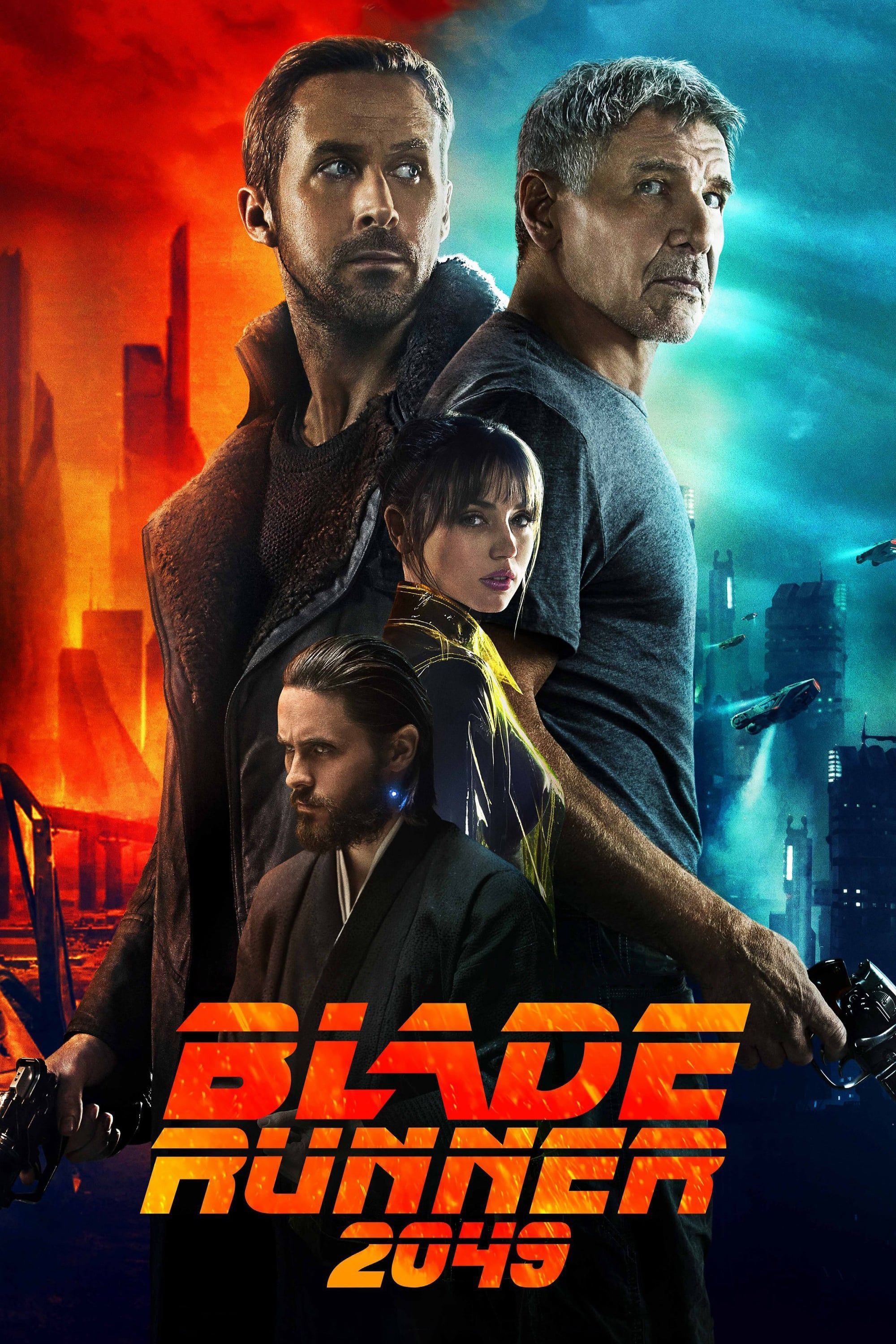
- Release Date
- October 6, 2017
- Director
- Denis Villeneuve
- Cast
- Ryan Gosling , Harrison Ford , Jared Leto , Ana De Armas , Robin Wright , Lennie James , Dave Bautista , Carla Juri , Hiam Abbass , Barkhad Abdi , David Dastmalchian , Mackenzie Davis , Sylvia Hoeks
- Runtime
- 163 Minutes
- Writers
- Michael Green , Hampton Fancher
3 ‘Barry Lyndon’ (1975)
Cinematography by John Alcott
In 18th-century Ireland, Redmond Barry (Ryan O’Neal) is a young Irish rogue looking to establish himself as a wealthy nobleman. His travels across Europe soon find him enlisting in the British army, romancing a wealthy widow, and dueling with aristocrats. The social status he accrues, however, does not come without a cost—in the pursuit of prosperity, Barry risks losing it all as a result of his hubris.
Whether it be the candle-lit interiors or the luscious framings of the European countryside, Barry Lyndon is a breathtakingly gorgeous costume drama that could only have come from a mastermind such as Stanley Kubrick. The imagery is transportive—many of the visuals are inspired by paintings from the period, further immersing viewers in its rich setting. Barry Lyndon is a landmark effort in impressive cinematography and essential viewing for anyone looking for a frame of reference regarding artistic expression.

- Release Date
- December 18, 1975
- Director
- Stanley Kubrick
- Cast
- Ryan O’Neal , Marisa Berenson , Patrick Magee , Hardy Krüger , Diana Körner
- Runtime
- 185 Minutes
- Writers
- Stanley Kubrick
2 ‘Citizen Kane’ (1941)
Cinematography by Gregg Toland
Publishing tycoon Charles Foster Kane (Orson Welles) dies, but not before uttering one final word: “Rosebud.” Reporters nationwide scramble to decipher what his final word could mean, digging into Kane’s past and personal life in search of an answer. Kane was not a simple man, and as powerful as he was, his significant influence came at the cost of those closest to him.
Keeping in the tradition of using this movie as a point of comparison when discussing quality filmmaking, Citizen Kane is like the Citizen Kane of cinematography. A triumphant and defining dramatic piece of American cinema, Citizen Kane fostered technical innovations unlike any other movie ever produced. Director Orson Welles and company were accomplishing things with the camera that had never before been done, such as deep focus planes and elaborate camera movements. Citizen Kane is a pioneering effort when it comes to cinematography that is exceedingly educational in regard to understanding effective camerawork.
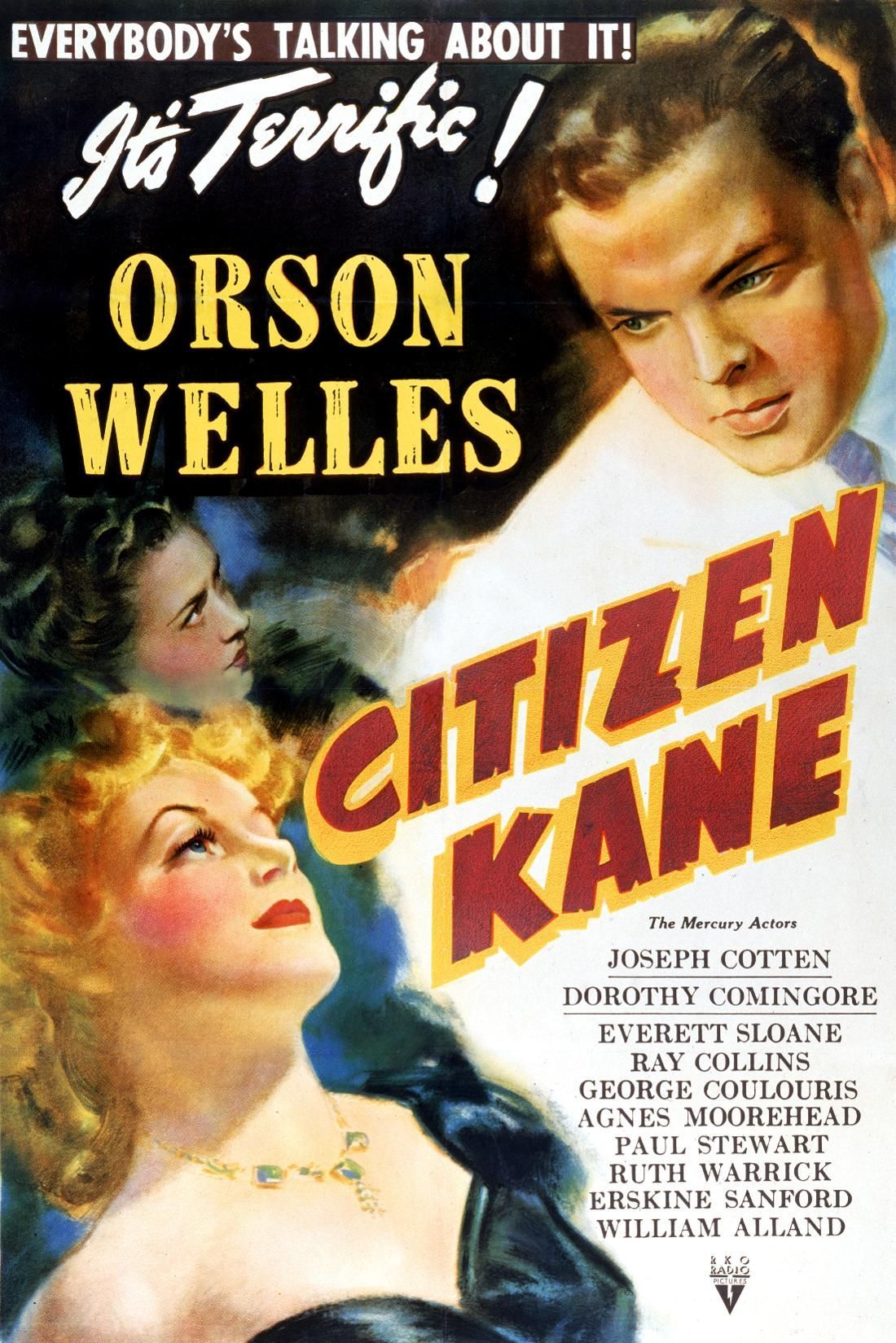
- Release Date
- April 17, 1941
- Cast
- Orson Welles , Joseph Cotten , Dorothy Comingore , Agnes Moorehead , Ruth Warrick , Ray Collins
- Runtime
- 119 minutes
- Writers
- Herman J. Mankiewicz , Orson Welles , John Houseman , Roger Q. Denny , Mollie Kent
1 ‘2001: A Space Odyssey’ (1968)
Cinematography by Geoffrey Unsworth
When a large monolithic object is discovered beneath the surface of Earth’s moon, a celestial expedition is launched to discover its origin. A crew of astronauts aboard Discovery One embarks on a mission to Jupiter in search of answers. However, the ship’s onboard artificial intelligence, known as HAL, begins to act erratically, threatening to sabotage the mission.
2001: A Space Odyssey is cinema’s finest example of unadulterated science fiction. As visually spectacular as it is thought-provoking, Kubrick brought life to visual concepts that can only exist within the world of film. Long takes beautifully complement the operatic nature of 2001: A Space Odyssey. Each of Kubrick’s creative decisions and innovations is the result of surefire intent. This masterpiece is Kubrick’s brainchild, and the final product is both a marvelous work of art and a dumbfounding visual achievement (especially considering the time at which it was made).
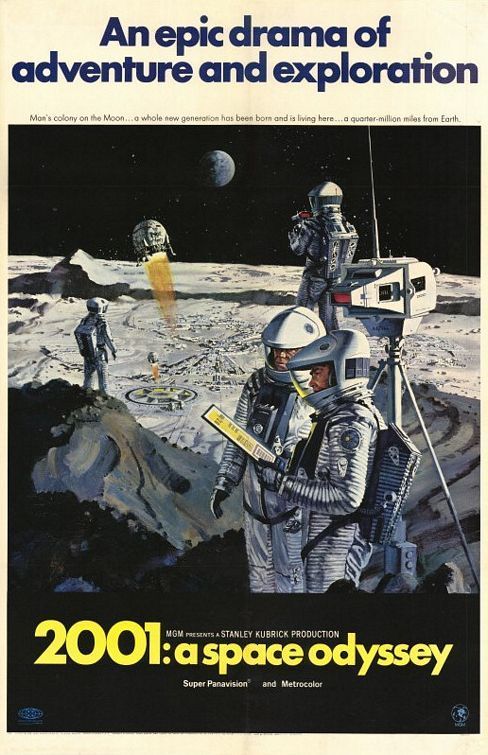
- Release Date
- April 3, 1968
- Director
- Stanley Kubrick
- Cast
- Keir Dullea , Gary Lockwood , William Sylvester , Daniel Richter , Leonard Rossiter , Margaret Tyzack
- Runtime
- 149 minutes
- Writers
- Stanley Kubrick , Arthur C. Clarke
[ad_2]
Source link

